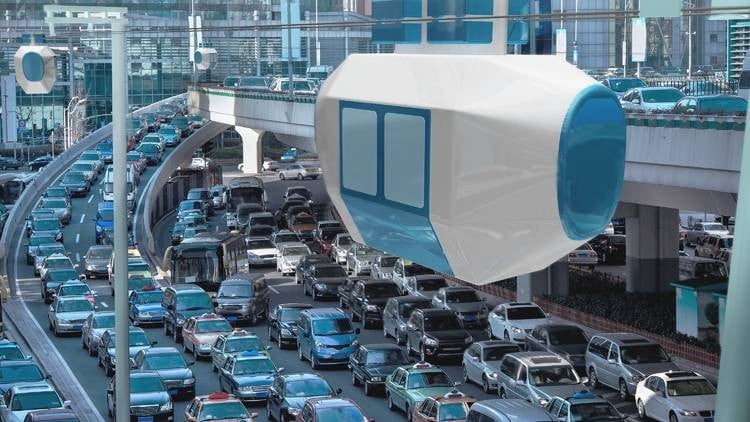 |
| Japan: A public ropeway system operated by Zip Infrastructure Inc. is currently being tested in Odawara City, Kanagawa Prefecture. (Source: Zip Infrastructure) |
If all goes well, Zip Infrastructure Inc. aims to deploy the system in Japanese cities by 2025. Japan may not have flying cars yet, but the future of transportation is certainly promising.
Unlike conventional mountain cable cars, skytrain systems are designed to operate at high speeds and can run every 12 seconds, allowing them to transport 3,000 people per hour.
Zip Infrastructure said it plans to submit a bid for its first commercial project in Japan by March 2025 and will bid for a small transportation project at Tokyo's Ueno Zoo. If successful, the line could begin operations in 2027. Zip Infrastructure also aims to enter the global market as early as 2029.
Japan’s trains are notoriously efficient but also notoriously crowded during rush hour, so startup Zip Infrastructure is looking to introduce a public cable car system to help solve the country’s traffic congestion problem, as well as other countries in the same situation.
Founded in 2018, Zip Infrastructure aims to solve traffic congestion in Asia by building autonomous elevated trains that cost one-sixth less to build/install than conventional trains. Developing a network of elevated trains can provide greater mobility on difficult routes such as sharp curves and multi-directional branching paths.
In an interview with Nikkei Asia , head of business development at Zip Infrastructure, Mario Ian Carlos Ferido Rebonquin, said that the demand for low-cost transportation in foreign markets is increasing, and even a small successful project in Japan will help the company access foreign markets with the brand of "Made in Japan" technology more easily.
Zip Infrastructure estimates that a Zip line would cost about 1.5 billion yen ($10 million) per kilometer, compared with about 10 billion yen for a monorail or conventional railway. Each Zip passenger car weighs about 2 tons, about one-tenth the weight of a conventional train car, reducing the amount of land needed to build structural supports.
Rebonquin said other countries could use the technology to build similar routes in congested urban areas. Zip Infrastructure hopes that its system can be built on existing roads without the need to clear additional land.
Rebonquin also cited the example of the transportation system in the Philippines, such as a 2km or 3km metro line that runs through the central district of Makati in the Philippines. He said this is considered an ideal route in this commercial city near Manila. There are many office buildings here, but it is located between existing railway lines, which means office workers have to walk 20 minutes or take a taxi from the nearest station. This causes traffic congestion, as office workers use taxis or ride-hailing apps to get to work.
While there are other startups developing similar transportation systems to Zip, such as Swyft Cities in the US and Ottobahn in Germany, the Japanese company says it is ahead of its rivals because it can use larger cars that can accommodate more people.
Zip also said that although the passenger capacity is lower than that of urban subways, Zip's system is intended to complement transit rather than replace primary transit infrastructure.
Source



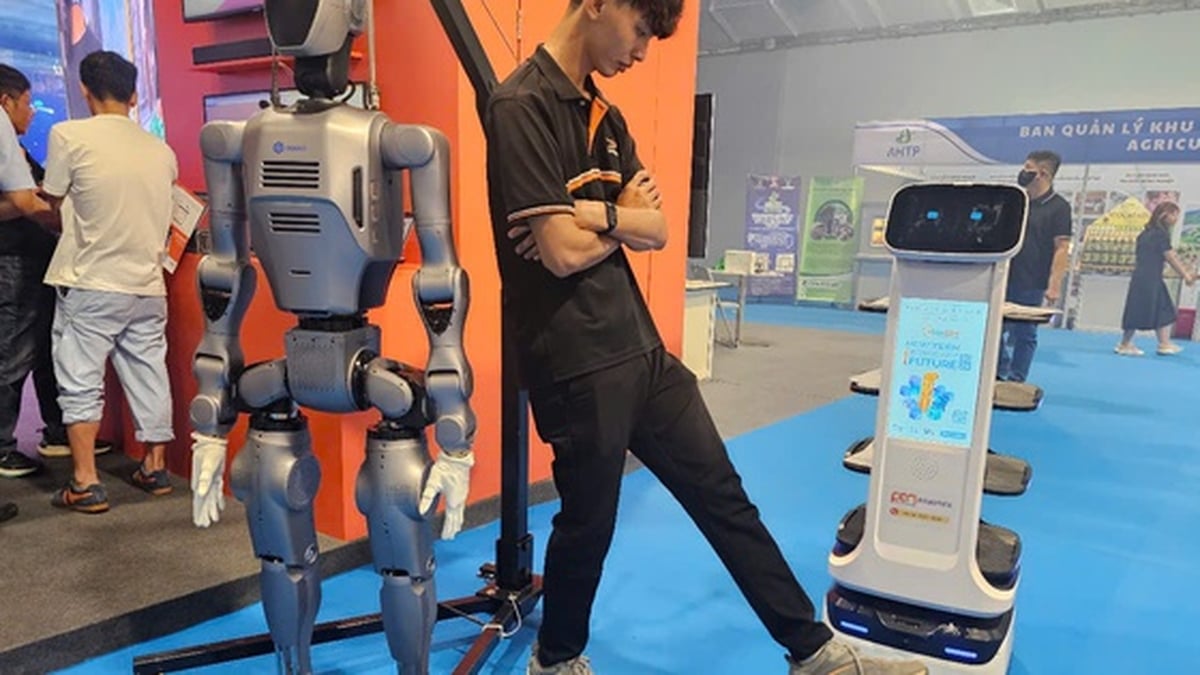
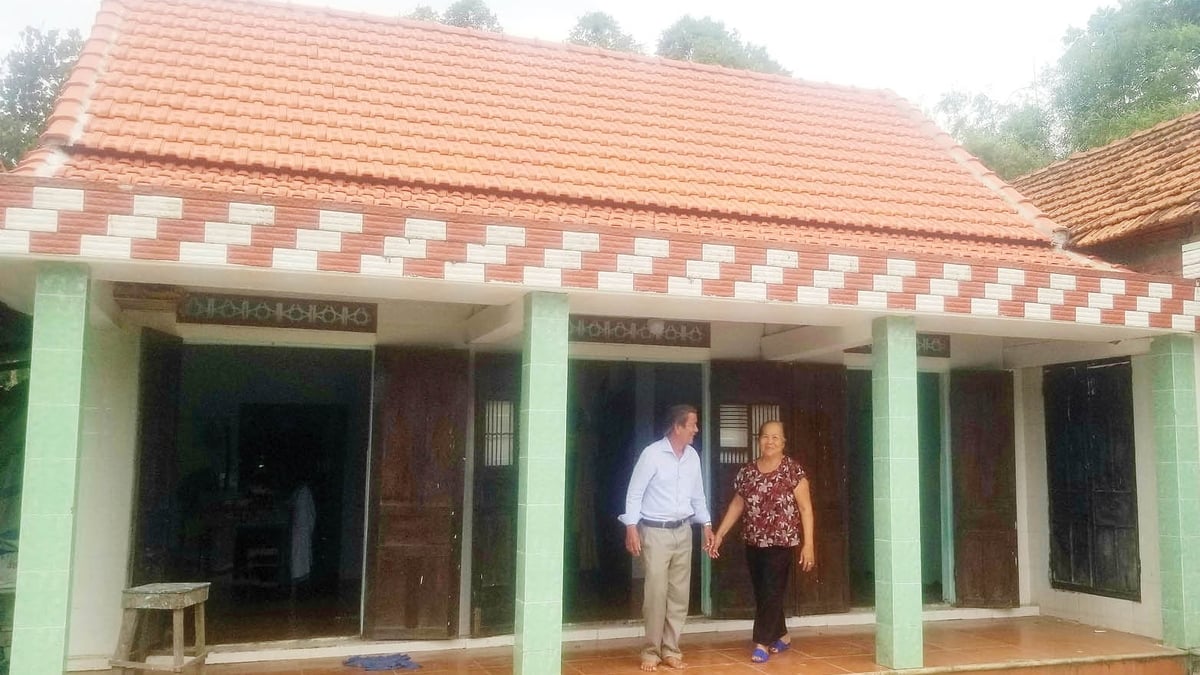





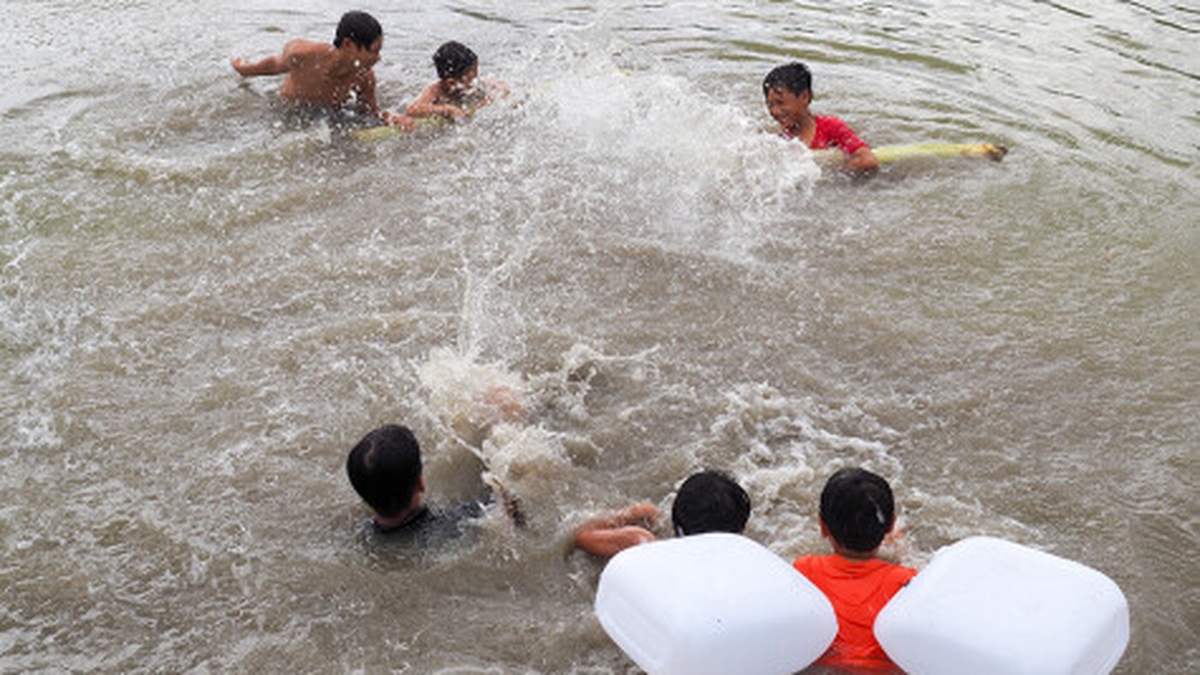
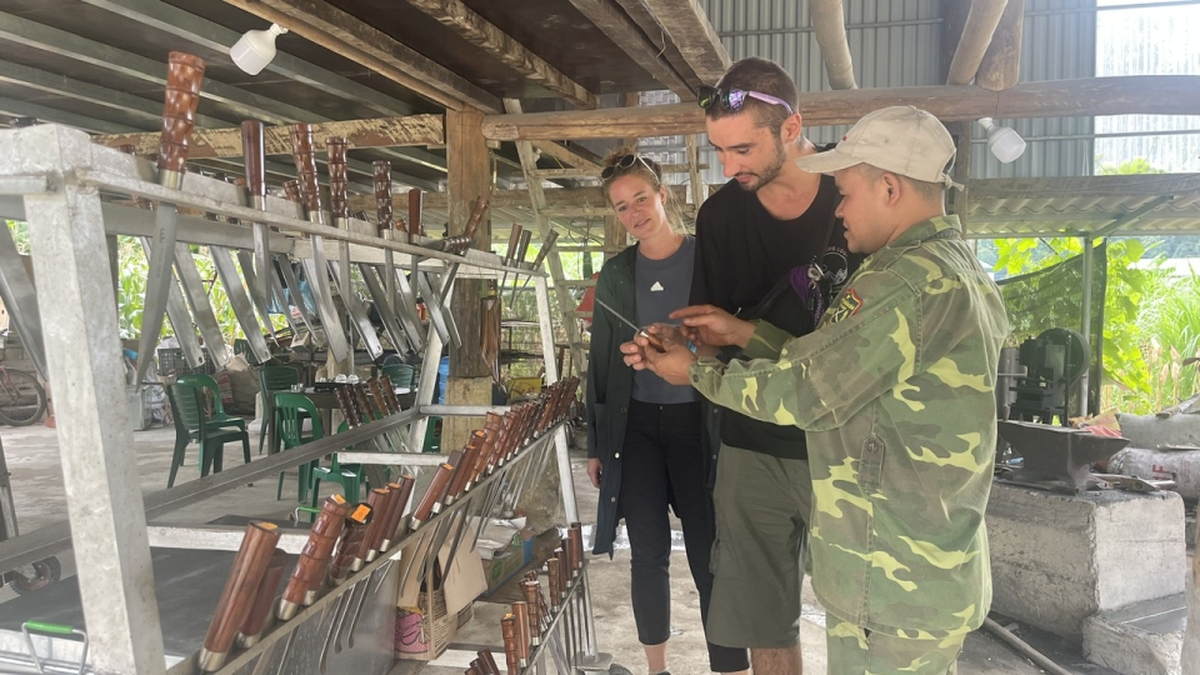




















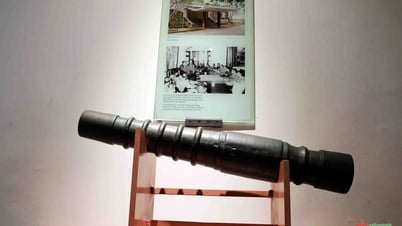



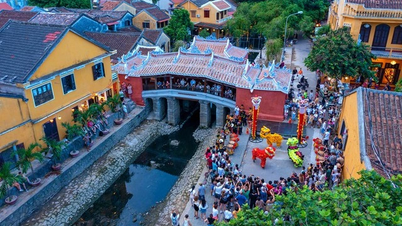







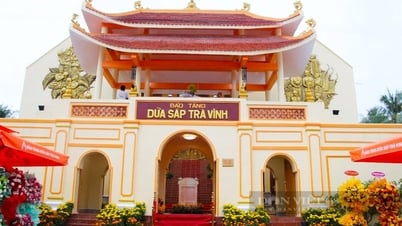




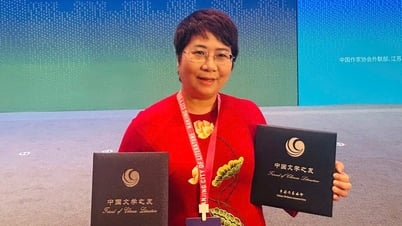



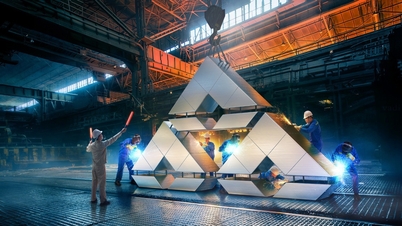

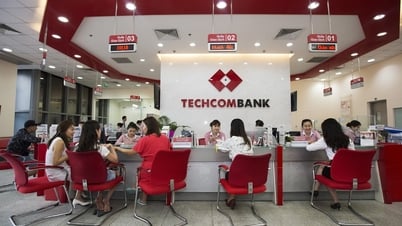




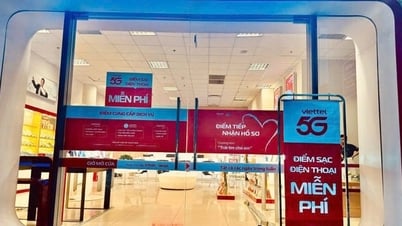

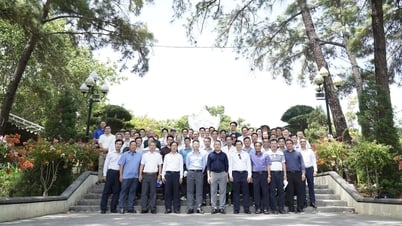

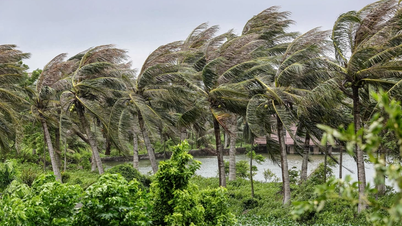

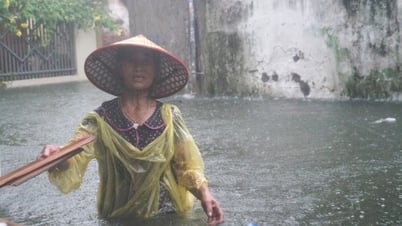
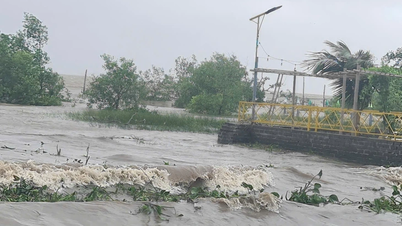
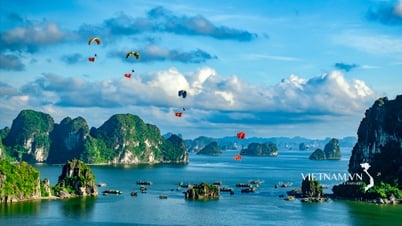


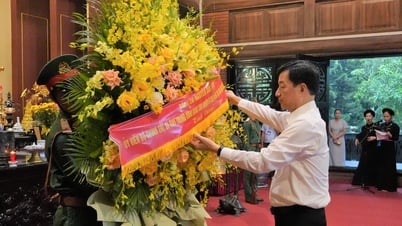

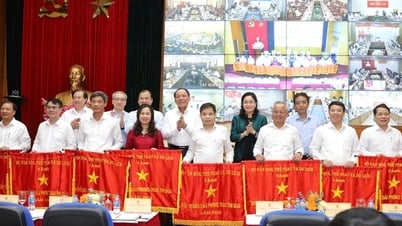


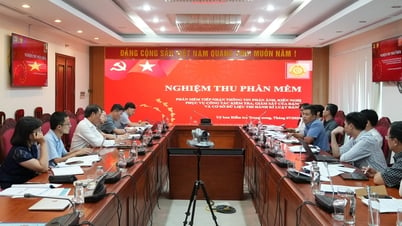


























Comment (0)